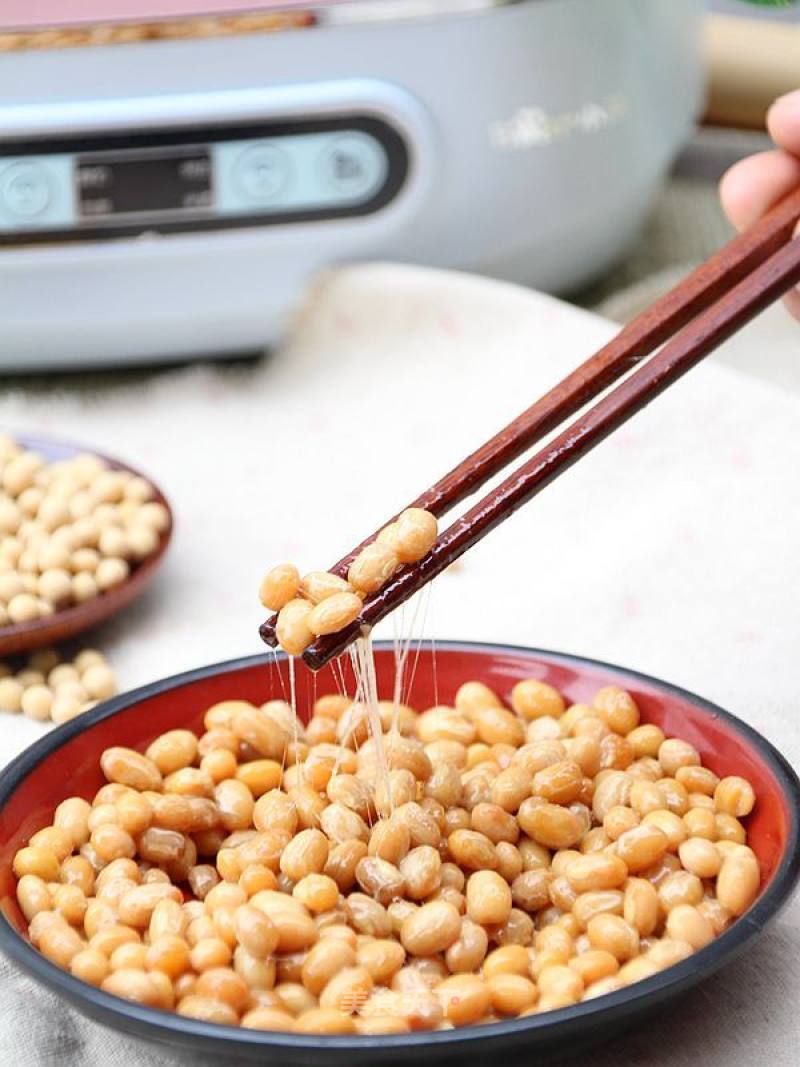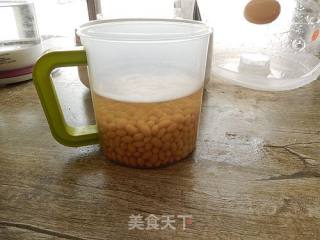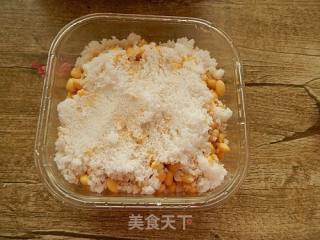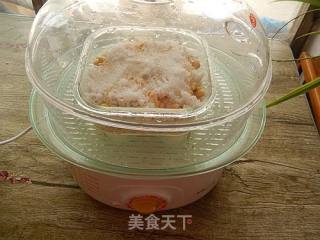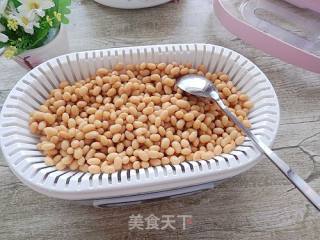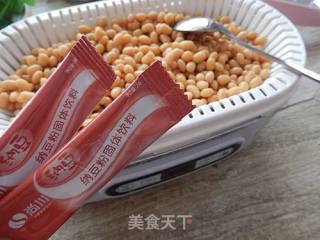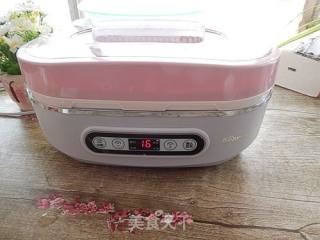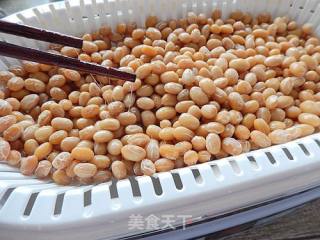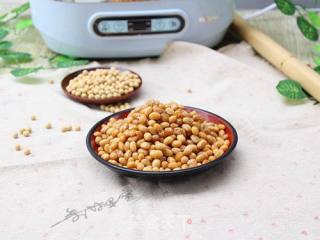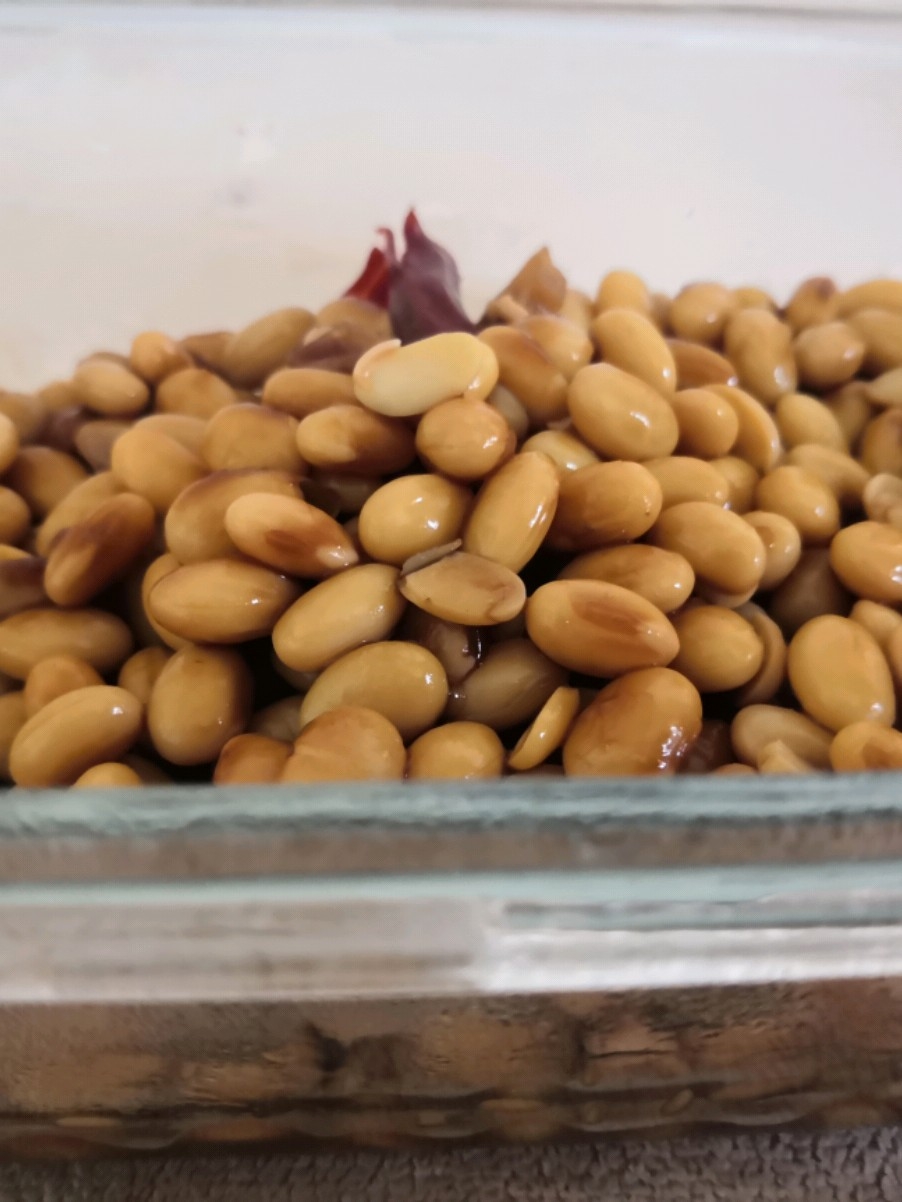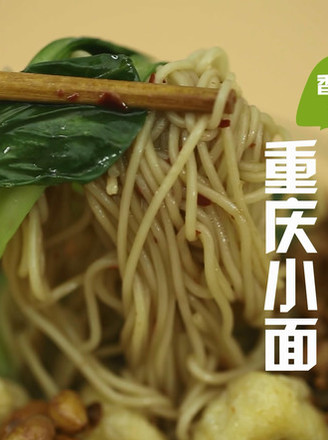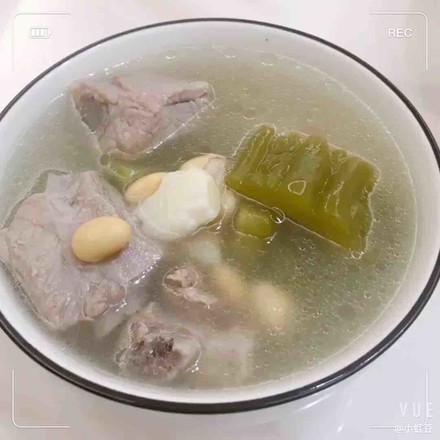Homemade Natto
1.
Soak the beans for 12 hours after washing.
2.
After soaking, put it into a container and spread a layer of sugar. No need to mix well.
3.
Steam on the pot for 2 hours. The degree to which the thumb can be crushed. Stir it after steaming.
4.
The steamed natto is put into a special container for natto. Drain the water and no water drips from the bottom.
5.
Dry the beans at about 35°C and let them sit for about 15 minutes to insert the natto strains. The strain can be used according to the instructions.
6.
Put the mixed beans into the yogurt machine and select the natto function.
7.
After 16 hours, the natto can be gently pulled out. Seal the container together with plastic wrap and put it in the refrigerator for 2 hours. This is the maturity period of natto.
8.
The prepared natto can be served with light soy sauce and seaweed.
Tips:
1. When planting natto bacteria, the soybeans must be allowed to cool to between 38-45 degrees. Too hot will scald the natto bacteria to death. It is best to have a thermometer. If you don’t, you can use a toothpick to poke a soybean and try it on the pulse of your wrist. Just one click.
2. You can eat even after the expiry date. The shelf life of natto is one week. During the low-temperature storage in the refrigerator, it is still undergoing slow low-temperature maturation and fermentation. Nattokinase and vitamin K2 are also increasing. However, although you can eat it after the expiration date, the bacteria natto continues to decompose protein in order to survive. As a result, the smell gradually increases.
3. Different bacterial powders are used differently. This bacterial powder does not need to be mixed with water.

